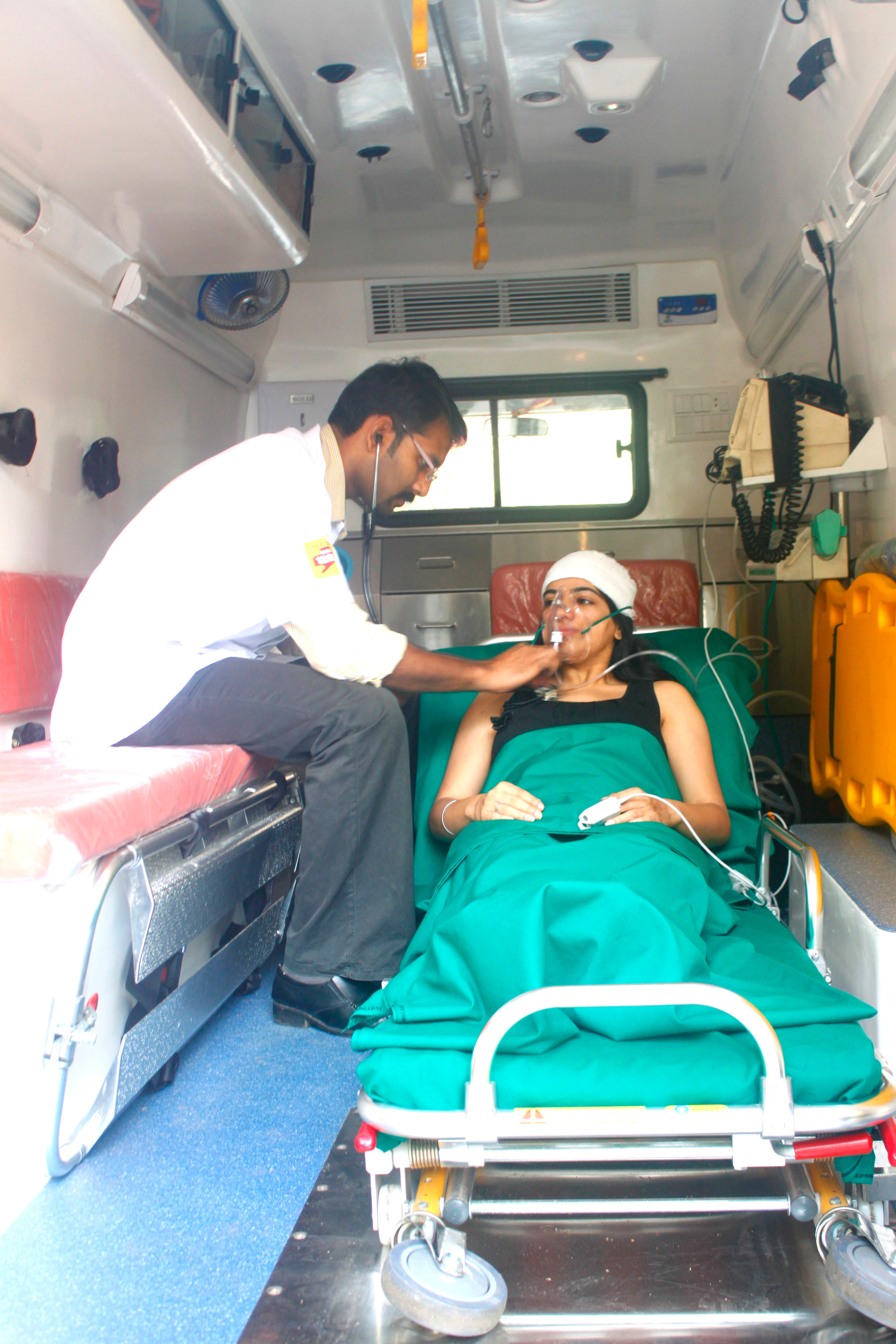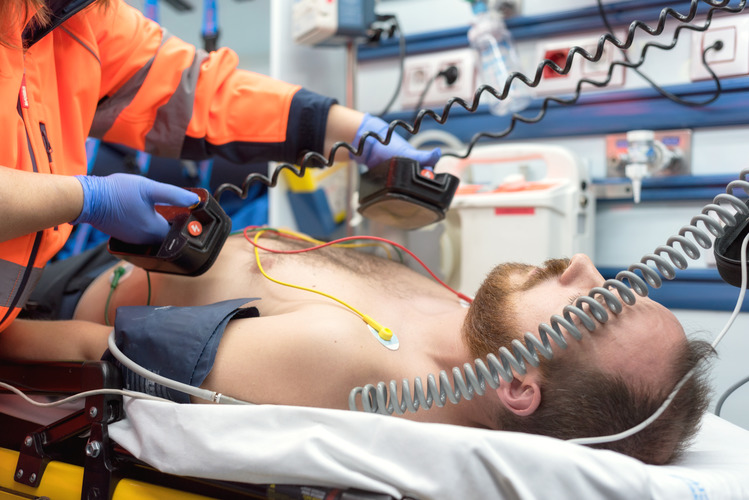Your heart is your life. Taking care of heart health is as important as our life goals. Why can’t we keep the goal of heart health? Over the last two decades, the rate of deaths from heart diseases in India has increased by almost 34 percent, rising from 155.7 to 209.1 deaths per one lakh population. In most of these cases, by appropriate timely emergency medical attention, patient lives could have been saved. Patients suffering from a heart attack or cardiac arrest must receive reasonable medical assistance and treatment, within the first hour of an attack. These 60 minutes comprise the “golden hour”, post which, the patient’s chances of survival decline rapidly, owing to the increased damage suffered by the heart muscle.
Cardiac Ambulance Service
Advanced Life support (ALS) ambulances, also known as Cardiac Ambulances, are designed specifically to assist patients suffering from cardiac diseases, which are among the deadliest killers known to man today. These diseases affect the patient’s circulatory system, blood vessels, heart muscle, valves, or rhythm. Often, the blood vessels of such patients become narrow or blocked, leading to chest pain, heart attacks, or strokes, eventually resulting in death. Cardiac diseases are today the leading cause of death in India, owing to factors like lack of access to quality healthcare, and the timely availability of appropriate cardiac ambulance services.
Cardiac Ambulance Facilities
This highlights an urgent need for population-level policies, and the implementation of improved local, regional, and national emergency health services, especially with regard to ALS or cardiac ambulances. These ambulances are equipped with a ventilator, defibrillator, oxygen cylinder, electrocardiography (ECG) machine, and a monitoring device, to address life-threatening situations like cardiac arrests and emergencies that require providing oxygen and respiratory support to critically ill patients. However, despite having never had a structured system for addressing medical emergencies, India is estimated to possess only 10,000 ambulances, a dismally low number for a country with such a huge population.
Cardiac Ambulance Price
Cardiac ambulances are well-equipped yet very cheap. You can get efficient service at an affordable rate. For booking and more information visit Ziqitza Healthcare Ltd. cardiac ambulance service.
In Conclusion
Public-private partnerships between state governments and private EMS providers have, however, played a major role in reducing deaths due to cardiac diseases in India. For instance, Ziqitza Healthcare Limited (ZHL), in partnership with the Indian Government, operates fully-equipped ALS ambulances in the states of Madhya Pradesh, Jharkhand, Punjab, Odisha, and Bihar, under the 108 emergency services, along with Basic Life Support (BLS) ambulances. Additionally, the recently launched National Health Mission (NHM), by the Indian Government, also supports the capital expenditure of all 108 emergency ambulances, along with their operational cost, on a diminishing scale, which has helped improve the availability of cardiac ambulances immensely. The proposed launch of mobile cardiac units by various state governments is also expected to be a major step forward, eventually bringing down the abnormally high rate of deaths from cardiac diseases in the country, currently.



